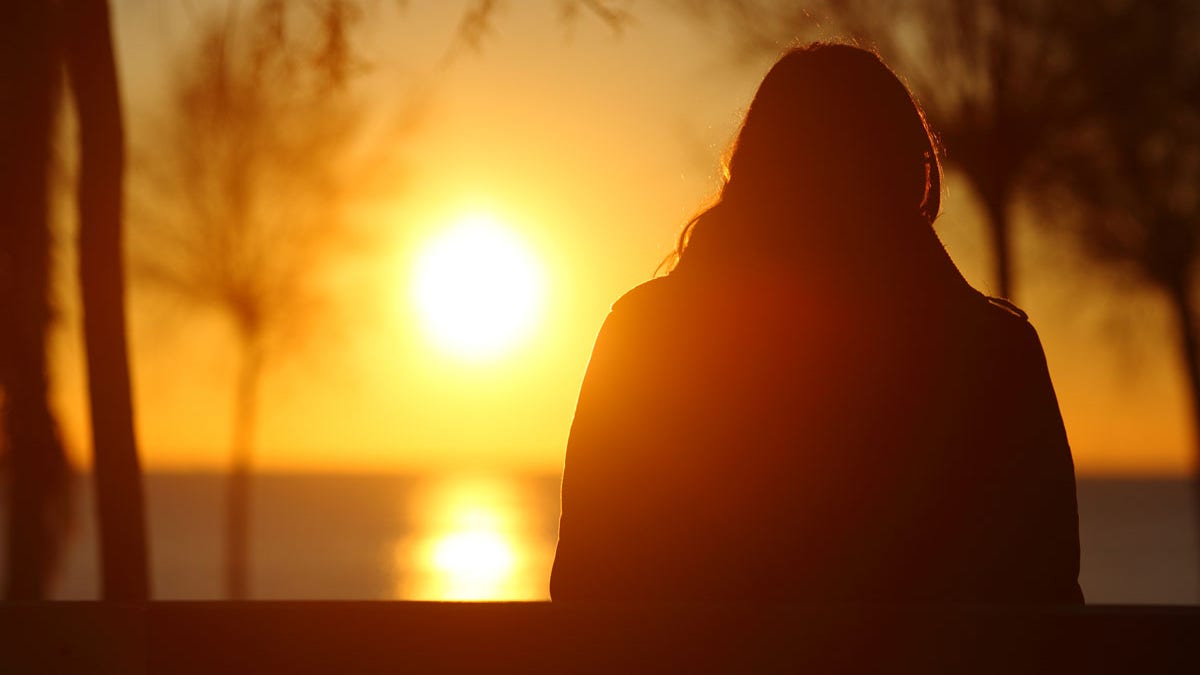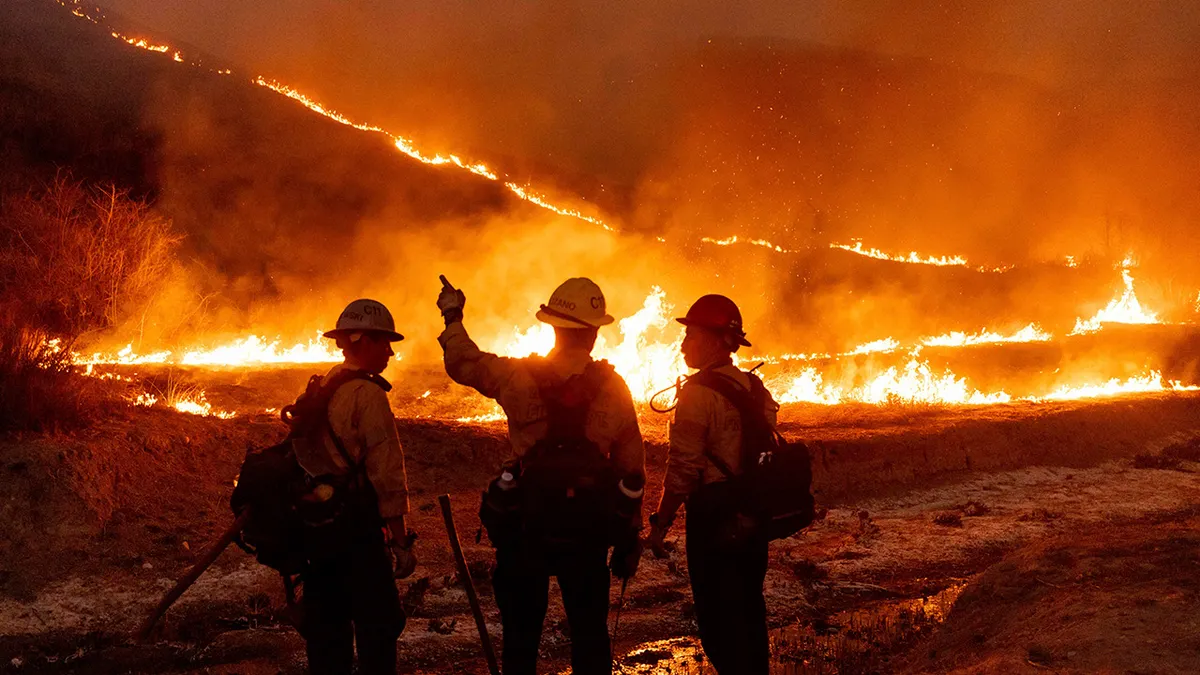Many individuals experience a surge of anxiety as the day ends and darkness descends. While not a formal diagnosis, "sunset anxiety" is a recognized phenomenon with noticeable effects on well-being. This article delves into the nature of sunset anxiety, exploring its potential causes, common triggers, and practical strategies for management.
Approximately one-fifth of American adults report experiencing an anxiety disorder annually, and a significant portion of these individuals note heightened anxiety during the evening hours. Though not listed in the DSM-5, mental health professionals acknowledge sunset anxiety as a genuine experience. Symptoms can extend beyond anxiety to encompass feelings of depression, isolation, and hopelessness, intensifying as the sun sets.
What Characterizes Sunset Anxiety?
Sunset anxiety manifests as a wave of unease with the approach of nightfall. Diminishing natural light can lead to reduced energy, motivation, and increased restlessness, worry, and nervousness about unfinished tasks. Individuals with a history of anxiety, sensitivity to light changes, or those who identify as "night owls" are more prone to this phenomenon. Adults, often burdened by daily responsibilities, experience sunset anxiety more frequently than teenagers or children.

The weight of daily responsibilities can contribute to sunset anxiety. (iStock)
Unraveling the Triggers
The circadian rhythm, our internal body clock, plays a crucial role in sunset anxiety. Melatonin production, influenced by light exposure, affects our sleep-wake cycle. Hormonal shifts linked to winter and daylight saving time can disrupt this rhythm, leading to anxiety and depressive symptoms. The early onset of darkness can trick the body into preparing for sleep prematurely.

The changing light at sunset can trigger anxiety in some individuals. (iStock)
Seasonal anxiety is more prevalent from October to late March, coinciding with shorter days and reduced sunlight. An overwhelming mental load of unfinished tasks can also contribute to sunset anxiety, as the approaching darkness amplifies feelings of fatigue and the pressure to complete everything.
Practical Strategies for Managing Sunset Anxiety
Several lifestyle adjustments can help mitigate sunset anxiety:
- Establish realistic daily goals.
- Schedule enjoyable activities for the period when anxiety typically arises.
- Prioritize healthy sleep habits.
- Seek sunlight exposure and consider using a sun lamp during periods of limited daylight.
- Maintain a balanced diet and consult a primary care provider for any health concerns.
- Engage in regular exercise, but avoid workouts close to bedtime.

Lifestyle adjustments can help manage sunset anxiety. (iStock)
If these strategies prove insufficient and symptoms persist or worsen, seeking professional guidance from a mental health specialist is recommended.








